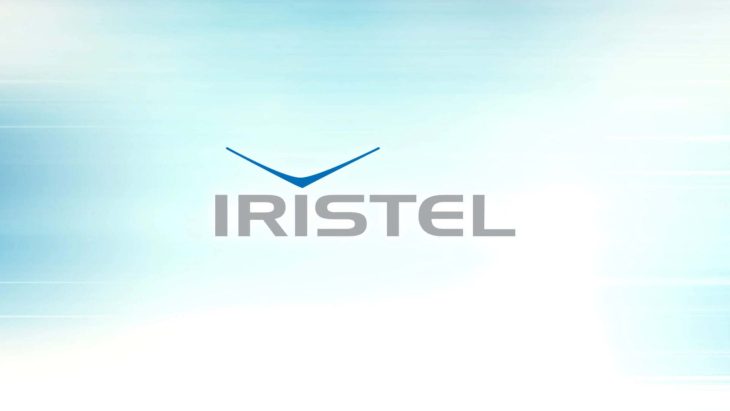
By Ahmad Hathout
Iristel is asking the CRTC to provide smaller service providers money to support the commission’s policy of sending wireless public alerts.
In a Part 1 application dated October 3 but made public Wednesday, the far north service provider is recommending that the CRTC use the National Contribution Fund (NCF) to bankroll the policy for smaller service providers because of what it conveys as a crippling cost of implementing it.
“The imposition of a requirement that wireless public alerts must be served by very small wireless carriers makes their business cases nonviable,” Iristel says in the application. “The Commission must weigh whether the public safety benefits of every wireless subscriber having access to wireless alerts with the public benefit of providing competition for wireless services in rural and remote areas.”
Iristel argues that the CRTC erred when it assumed that the policy would only cost a nominal amount on a per-customer basis for all carriers, large and small. But Iristel says there is “clear evidence” – including from other smaller service providers – that this is a false premise for carriers who serve low population density areas, and the CRTC allegedly didn’t care to define what it would consider a “nominal cost.”
The application cites data from the Canadian Telecommunications Association (CTA), then called the Canadian Wireless Telecommunications Association, which said the cost of the wireless public alerts would set back the industry up to $25 million to implement. With 30.7 million wireless subscribers in the country, wireless public alerting would cost 81 cents per subscriber (or just north of a buck in 2025, adjusting for inflation), Iristel says, citing the CTA data.
“Ice Wireless estimates that implementation of wireless public alerting will require up to $500,000 in capital costs and have an ongoing operational and maintenance cost of up to $60,000 per year,” says its application, which has redacted its per subscriber expenses. “This figure is astronomically higher than the nominal per-subscriber cost estimated using CWTA figures. No wireless carrier could sustain these per-subscriber costs and stay in business.”
The NCF receives funds from the service providers and is used to provide basic services, which were newly defined in 2016 from simple local telephone to fixed and mobile wireless broadband internet access services. Iristel says this means mobile wireless alerts would fall into the realm of basic services, and it would only be a “very small fraction” of the annual $187-million fund.
“Iristel proposes that it should be eligible for a one-time subsidy from the NCF to cover set up costs of implementing WPA, and a recurring subsidy to cover operating costs related solely to WPA,” the application says. “Iristel would present invoices showing one-time costs for equipment, software, and costs such as engineering or consulting related to the implementation of WPA. Iristel would also present invoices related to direct recurring expenses, such as the cost of the Network-to-Network Interconnection (“NNI”) between Pelmorex and Iristel, and annual software licences related to WPA, on a yearly basis. For simplicity, funds could be disbursed on a one-time basis for one-time implementation costs and on a yearly basis for recurring costs.”
If the CRTC doesn’t agree with this proposal, Iristel says it should be exempted from the 2017 policy until it has enrolled 50,000 wireless subscribers. “This level of subscription would allow Iristel to implement WPA for a one-time cost of $10 per subscriber, with an annual operating cost of $1.20 per subscriber,” it says.
“This cost is still ten times higher than the cost of implementing WPA for large wireless carriers estimated from the CWTA’s data,” it claims. “However, while still not ‘nominal’ this cost is more reasonable and would allow Iristel to implement WPA without putting its business case in jeopardy.”
If that is also refused, then Iristel is asking for a mandate requiring the incumbents to wholesale WPA to small wireless carriers, which it says is the least preferred option because “it is not known whether the provision of WPA is technically possible on a wholesale basis.”



